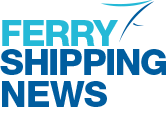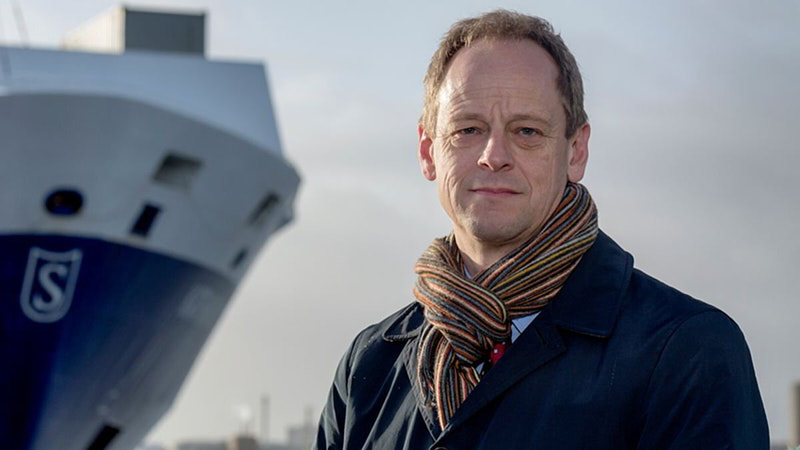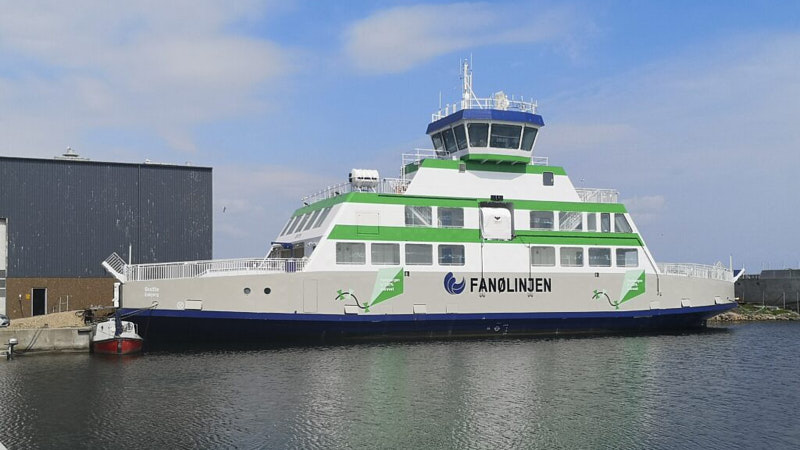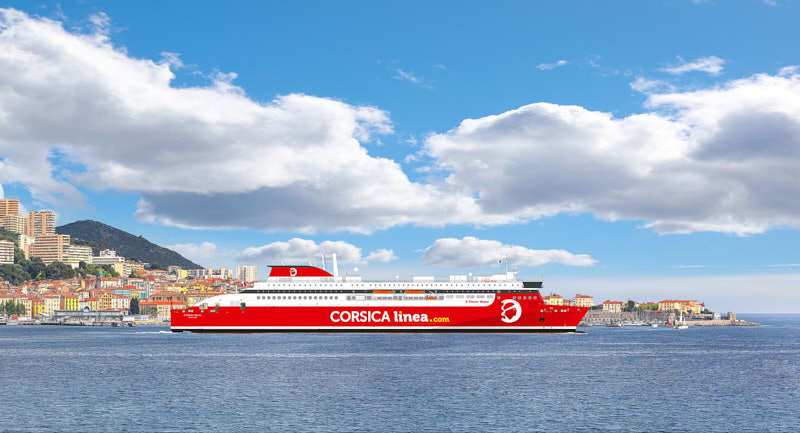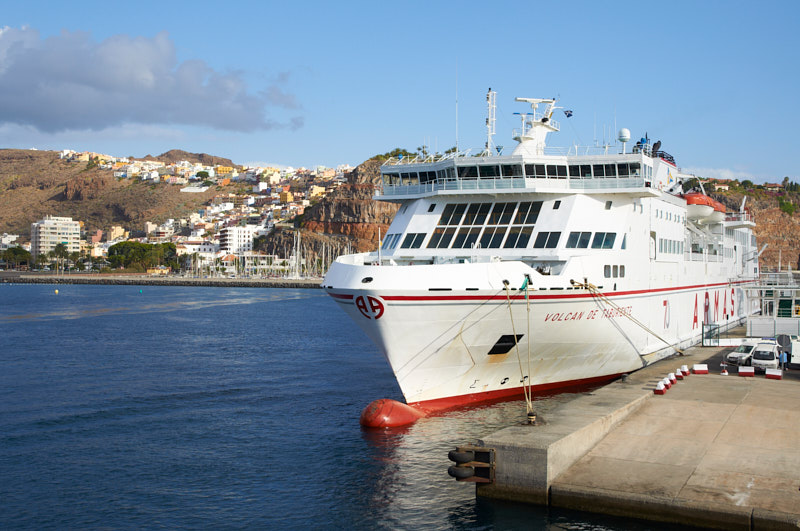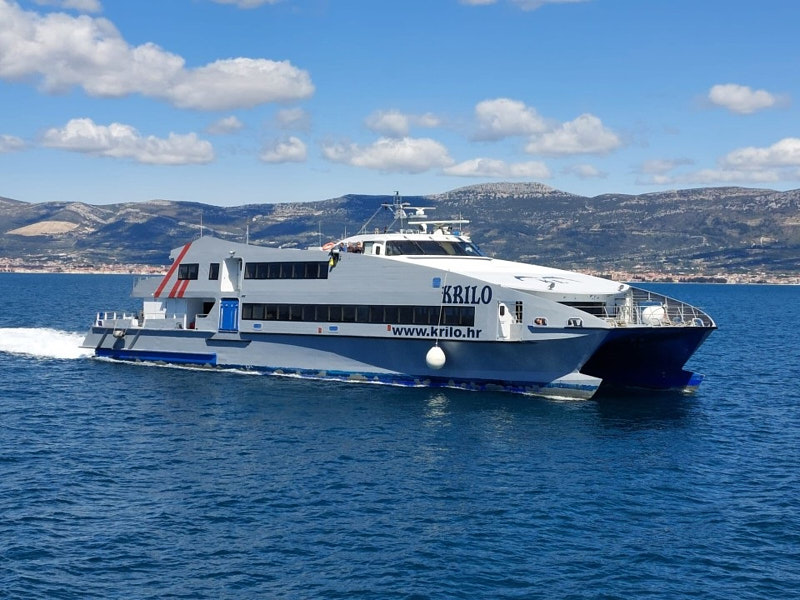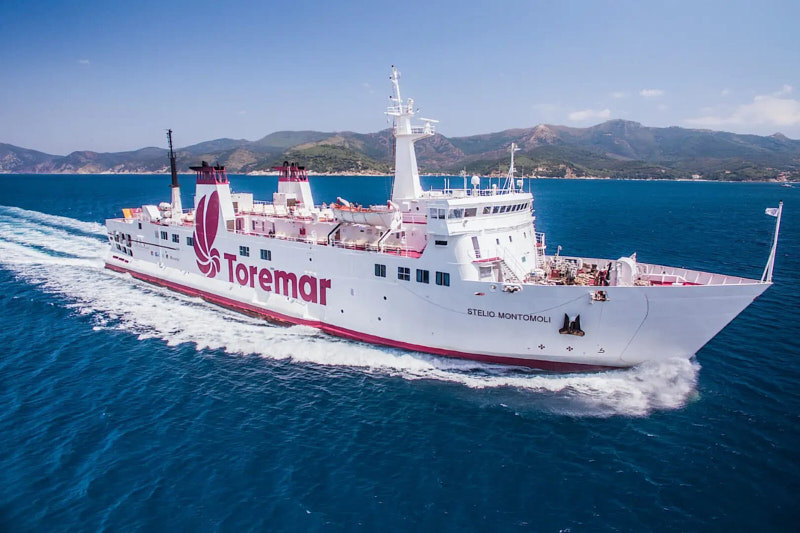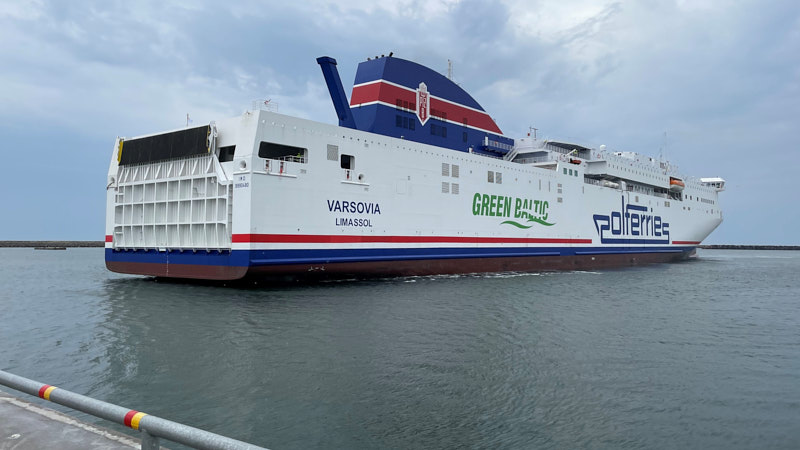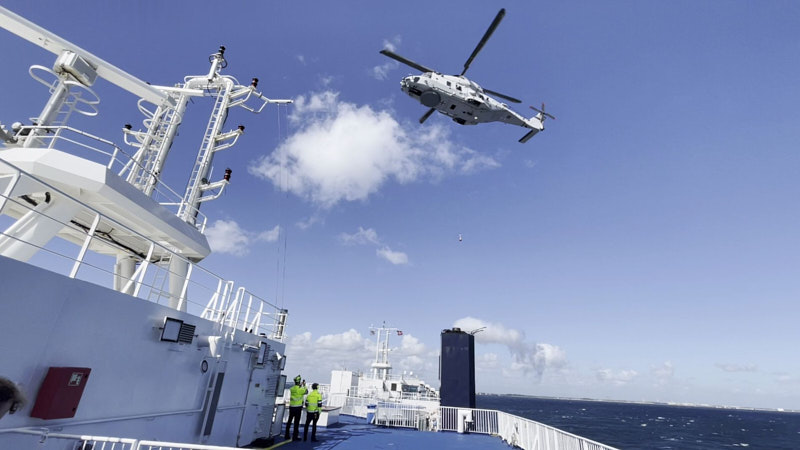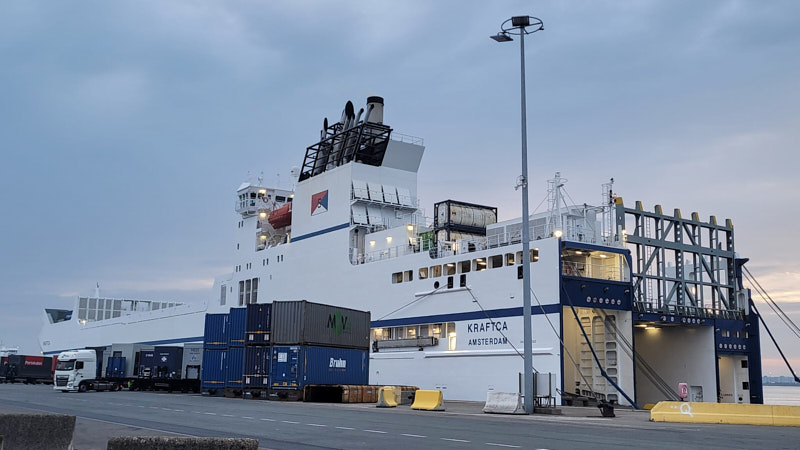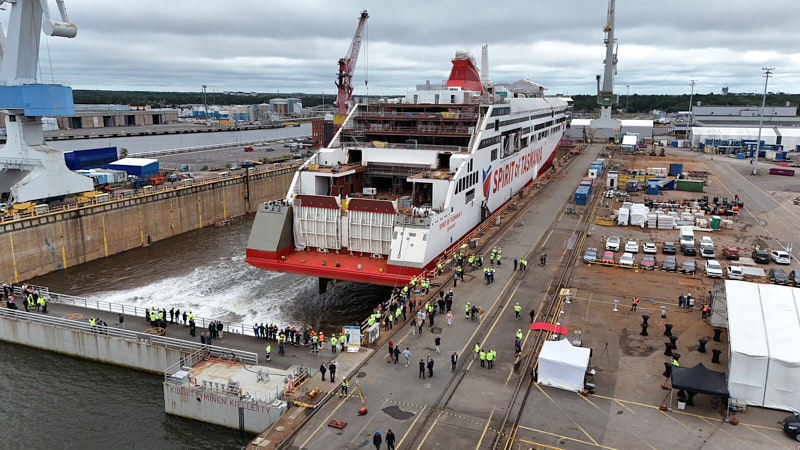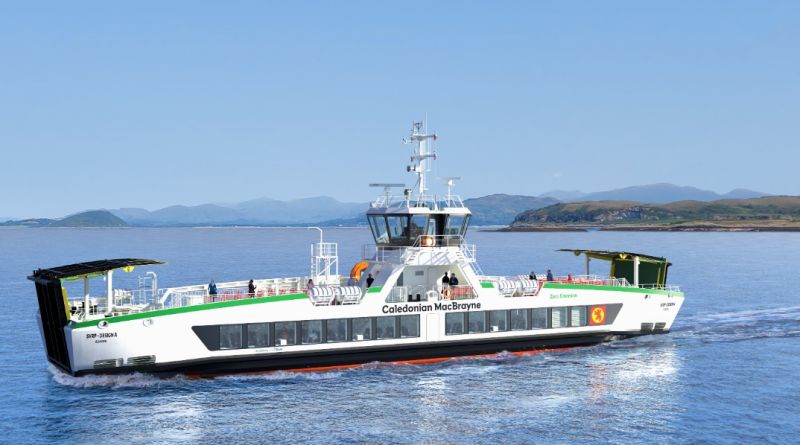On July 23, 2024, the Hellenic Parliament ratified the bill about the concession agreement regarding the use and exploitation of certain spaces and assets within the Port of Heraklion to Grimaldi Euromed SpA – Minoan for EUR 80 million.
Some facts about the “new” Heraklion Port Organization:
- 67% of its shares belong to the private sector and 33% remains with the State.
- Has a masterplan, which foresees -until 2030- to have the electrical charging facilities for ships (EUR 25 million investment)
- Within nine months from the Ratification of the agreement, the investor must present the revised masterplan for the Port of Heraklion, which will undergo a review until it receives the final approval for implementation.
- The annual consideration that the investor will offer in relation to any period of time will be 3.5% of the annual combined sales of the Heraklion Port Authority SA.
The ambitious investment program of the Italian group for the port of Heraklion includes:
- Further exploitation of the strategic position of the port in the Eastern Mediterranean.
- Development of the cruise sector, commercial flows, for passengers and goods, but also the transport of new vehicles (new car terminal).
- Transformation of the port of Heraklion into a “green” port.
